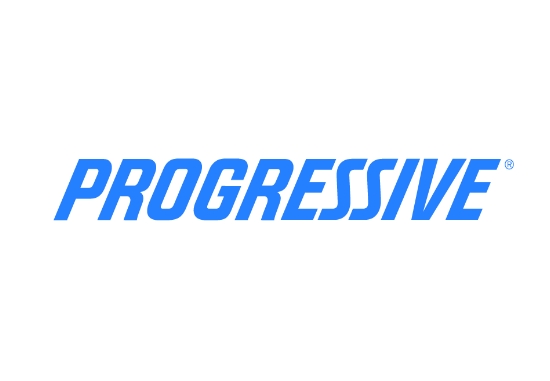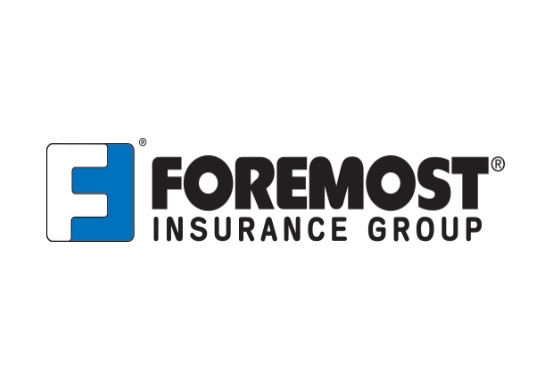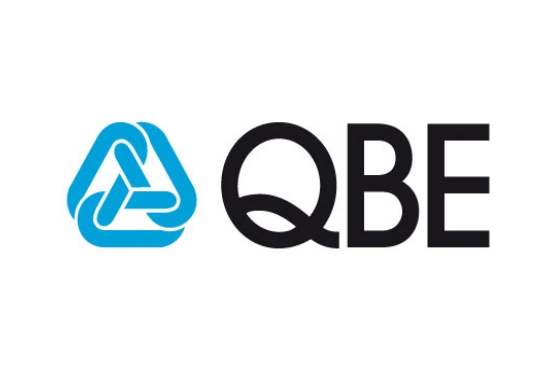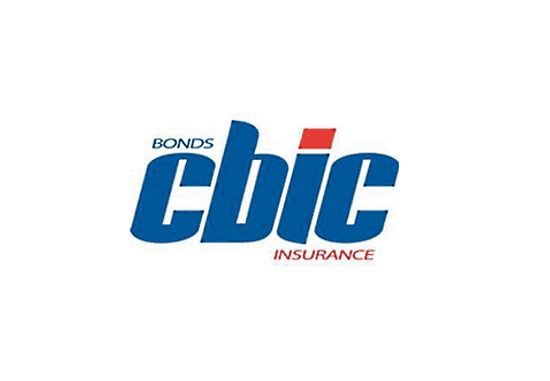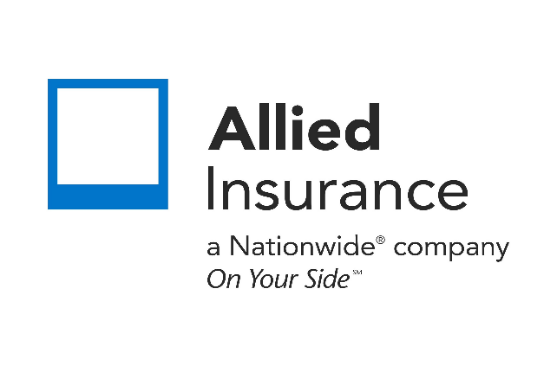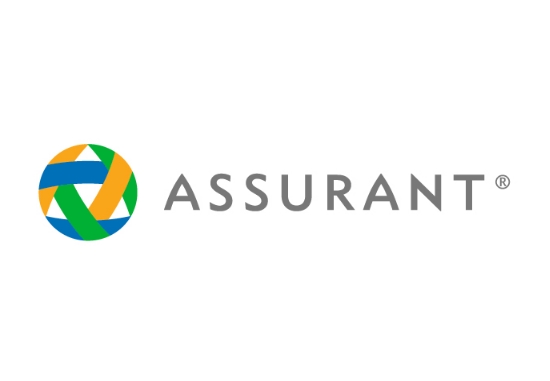Business interruption insurance explanation
Comprehensive Guide to Business Interruption Insurance
Business interruption insurance, often referred to as business income insurance, is a critical component for safeguarding businesses against financial losses that arise from unexpected disruptions. This type of insurance is designed to cover the loss of income and help businesses maintain financial stability during periods when normal operations are interrupted due to a covered peril.
Key Elements of Business Interruption Insurance
1. Coverage Triggers:
- Physical Damage: The primary trigger for business interruption insurance is physical damage to the business property. This damage must be caused by a peril covered under the policy, such as fire, storm, or vandalism.
- Specified Perils: Some policies are specific about the perils they cover. It is essential to understand which perils are included and ensure they align with the risks your business faces.
- Civil Authority: Coverage can also be triggered if a civil authority prohibits access to the insured property due to damage to nearby properties caused by a covered peril, even if the insured property is not directly damaged.
2. Loss of Income:
- Revenue Loss: The policy compensates for the income the business would have earned if the interruption had not occurred. This is usually based on the business’s historical income data.
- Operating Expenses: The policy covers ongoing operating expenses that the business must continue to pay despite the interruption, such as rent, utilities, and employee salaries.
3. Additional Coverage Options:
- Extra Expense Coverage: This option covers the additional costs incurred to minimize the business interruption, such as renting temporary office space or equipment.
- Contingent Business Interruption: This coverage applies when the disruption is due to damage at a supplier’s or customer’s location, impacting the insured business’s operations.
How Does Business Interruption Insurance Work?
Policy Activation:
- The insurance coverage is activated when the physical damage occurs and results in a suspension of business operations. The loss must be a covered peril under the policy.
Waiting Period:
- Most policies include a waiting period, usually between 48 to 72 hours, before the coverage kicks in. This period acts like a deductible and is the time the business must wait before it can start claiming benefits.
Claim Process:
- Documentation: To file a claim, businesses need to provide detailed documentation of their losses. This includes financial records, profit and loss statements, and evidence of continued expenses during the interruption.
- Evaluation: The insurance company evaluates the claim to ensure it meets the policy terms. This process involves assessing the extent of the damage and the projected income loss.
- Compensation: Once the claim is approved, the insurance company compensates the business for the lost income and ongoing expenses up to the policy limits.
Indemnity Period:
- The indemnity period is the length of time the policy will cover the loss of income. It starts from the date of the interruption and lasts until the business is back to its normal operations, up to the maximum period specified in the policy. Common indemnity periods range from several months to a year.
- The indemnity period is the length of time the policy will cover the loss of income. It starts from the date of the interruption and lasts until the business is back to its normal operations, up to the maximum period specified in the policy. Common indemnity periods range from several months to a year.
Why is Business Interruption Insurance Important?
- Financial Stability: It ensures that the business can continue to meet its financial obligations, such as payroll, rent, and utilities, during a disruption.
- Business Continuity: Provides the necessary funds to cover expenses required to resume normal operations quickly, thereby minimizing the long-term impact of the interruption.
- Risk Management: It is an essential part of a comprehensive risk management strategy, helping businesses mitigate the financial impact of unforeseen events.
Key Considerations When Choosing Business Interruption Insurance
1. Accurate Valuation:
- Accurately estimate your business income and expenses to ensure you have adequate coverage. Underestimating these values can lead to insufficient coverage during an actual interruption.
2. Policy Limits and Deductibles:
- Understand the limits of your policy and any applicable deductibles. The policy limit is the maximum amount the insurer will pay, while the deductible is the amount the business must cover before insurance benefits kick in.
3. Documentation:
- Maintain detailed and up-to-date financial records. This will streamline the claims process and ensure that you can provide the necessary documentation quickly in the event of a loss.
4. Exclusions:
- Be aware of any exclusions in your policy. Some policies may exclude certain types of interruptions, such as those caused by pandemics or other non-physical damage events. Understanding these exclusions is crucial for managing your business’s risks effectively.
5. Additional Endorsements:
- Consider additional endorsements or riders that can enhance your coverage. For example, you might add coverage for utility services interruption or dependent properties to cover losses if a key supplier or customer experiences a disruption.
Common Scenarios Covered by Business Interruption Insurance
- Natural Disasters: Events such as hurricanes, tornadoes, earthquakes, and floods can cause significant damage to business properties, leading to interruptions.
- Fires: Fires can result in extensive damage to buildings, equipment, and inventory, requiring businesses to halt operations during repairs and rebuilding.
- Vandalism and Theft: Acts of vandalism or theft can disrupt business operations and necessitate repairs or replacements.
- Equipment Breakdown: Failure of critical machinery or equipment can halt production and lead to substantial income loss.
- Civil Authority Actions: If a government authority restricts access to the business premises due to nearby damage, business interruption insurance can cover the resulting income loss.
Steps to File a Business Interruption Claim
Notify Your Insurer:
- As soon as an interruption occurs, notify your insurance company to start the claims process. Timely notification is crucial to avoid delays in compensation.
Document the Damage:
- Take photos and videos of the damage to your property. Keep records of any immediate repairs or mitigation measures taken to prevent further loss.
Gather Financial Records:
- Collect financial documents such as profit and loss statements, tax returns, and sales records to demonstrate the income loss resulting from the interruption.
Estimate the Loss:
- Work with your accountant or financial advisor to estimate the projected income loss and ongoing expenses during the interruption period.
Submit the Claim:
- Provide the insurance company with all the necessary documentation and a detailed claim report. The insurer will review the claim and may request additional information.
Adjuster Evaluation:
- An insurance adjuster may visit your business to assess the damage and validate the claim. Cooperate with the adjuster and provide any requested information promptly.
Receive Compensation:
- Once the claim is approved, the insurer will issue payments to cover the documented income loss and expenses, up to the policy limits.
Business interruption insurance is a vital tool for protecting businesses from the financial fallout of unexpected disruptions. By compensating for lost income and ongoing expenses, it ensures that businesses can weather the storm and recover more quickly. Understanding the key elements of this coverage, accurately valuing your business, and maintaining comprehensive documentation are essential steps to maximize the benefits of business interruption insurance. For tailored advice and coverage options, businesses should consult with their insurance professionals to develop a robust risk management strategy.

Related Posts
Get a Right Insurance For You
SHARE THIS ARTICLE
We will compare quotes from trusted carriers for you and provide you with the best offer.
Protecting your future with us
Whatever your needs, give us a call, have you been told you can’t insure your risk, been turned down, or simply unhappy with your current insurance? Since 1995 we’ve been providing coverage to our customers, and helping people across United States.


